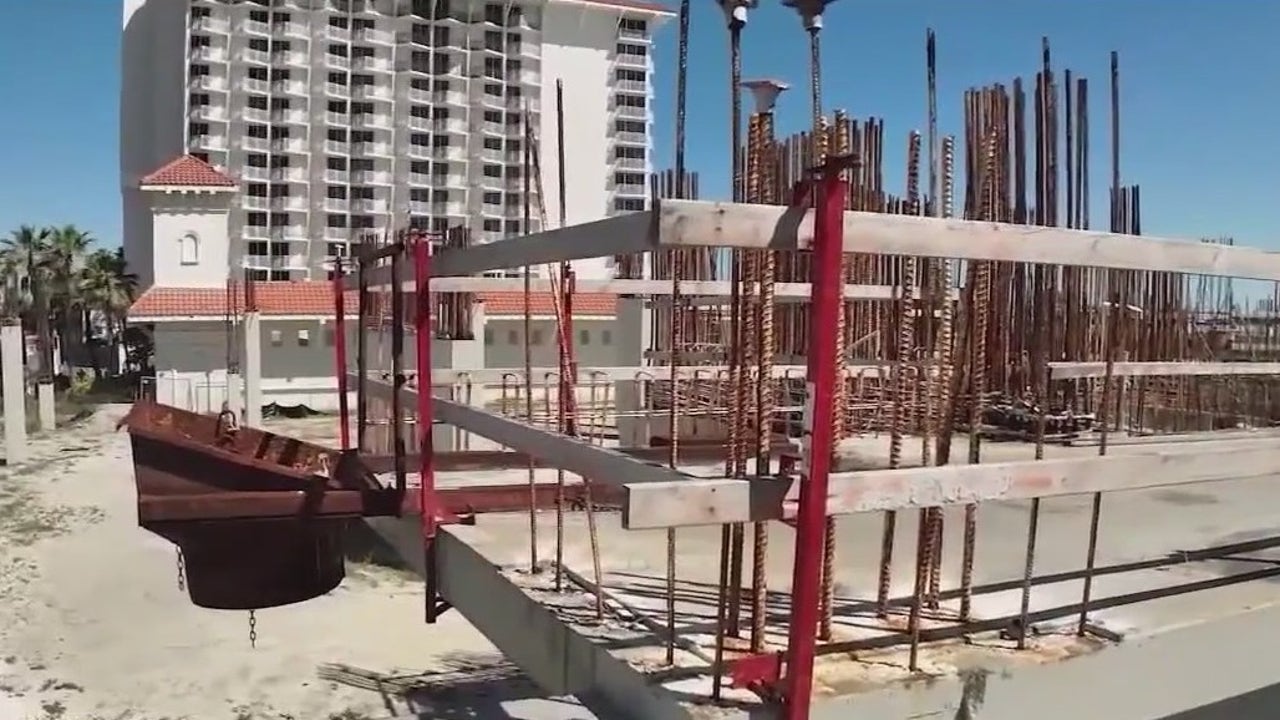Construction Resumes on Daytona Beach Condo Site, But with Major Changes
Construction has officially resumed on a long-vacant condominium site in Daytona Beach, Florida. However, the project has undergone significant changes from its original vision. What was once planned as a 31-story luxury development has now been scaled back to a one-story retail and event space. This shift marks a major departure from the initial plans that had been delayed for years due to financial and logistical challenges.
The site in question is located at 500 North Atlantic Boulevard. After years of inactivity, the project is finally moving forward, but with a completely different scope. Instead of a high-rise residential complex, the new plan includes a single-level building featuring retail spaces and an outdoor rooftop bar. The change reflects a more modest approach to development, focusing on immediate use rather than ambitious vertical expansion.
City officials and developers have reached a new agreement to move the project forward in phases. This phased approach is intended to address the challenges that previously stalled progress. Financial setbacks and permitting issues were among the main obstacles that led to the original plan being scrapped. By breaking the project into smaller, manageable parts, city leaders hope to gradually improve the beachside corridor and bring life back to the area.
What’s Known About the Project
The current phase of construction is expected to be completed sometime next year. While the focus is on the one-story structure, there are still questions about what comes next. Developers have not yet provided specific details about future additions, such as potential residential condo units. It remains unclear whether these will be developed after the initial phase.
City leaders are optimistic that this step-by-step approach will lead to long-term success. They believe that starting with smaller, achievable goals can build momentum for further development. This strategy also allows for adjustments based on market demand and community feedback.
The History of the Site
For many years, the vacant lot at 500 North Atlantic Boulevard was a symbol of stalled progress along Daytona Beach’s oceanfront. The site was often criticized for its lack of development and the remnants of previous construction attempts, including rusted piping and concrete debris. Residents and local officials had long expressed frustration over the empty space, which stood in stark contrast to the vibrant surrounding areas.
Efforts to revive the project had faced repeated setbacks. Financial constraints and regulatory hurdles made it difficult to secure the necessary approvals and funding. These challenges ultimately led to the abandonment of the original 31-story plan.
What City Leaders Are Saying
Daytona Beach Commissioner Ken Strickland has spoken publicly about the need for incremental improvements along the beachside corridor. He emphasized that while large-scale projects are appealing, they are not always feasible or sustainable. Instead, he supports a more gradual approach that focuses on small, successful steps.
“We have to do things over here on the beachside to improve it, but we can’t do it all at one time,” Strickland said. “Just taking little bites and being successful with those little bites, I think is the way we’re going in the right direction doing that.”
This sentiment reflects a broader shift in urban planning strategies, where phased development is seen as a more practical and sustainable way to revitalize underutilized spaces.
What Comes Next?
While the current phase of construction is expected to be completed by next year, the future of the project remains uncertain. If the one-story development proves successful, there may be opportunities to add limited residential units on top of the existing structure. However, the original 31-story design is no longer part of the plan.
This revised approach represents a compromise between the original vision and the realities of the current economic and regulatory environment. It also highlights the importance of flexibility in urban development, where changing conditions can necessitate a reevaluation of long-term goals.
Overall, the resumption of construction at this site marks a turning point for the area. While the final outcome may not match the original ambitions, the project serves as a reminder of the power of persistence and adaptability in the face of challenges.







